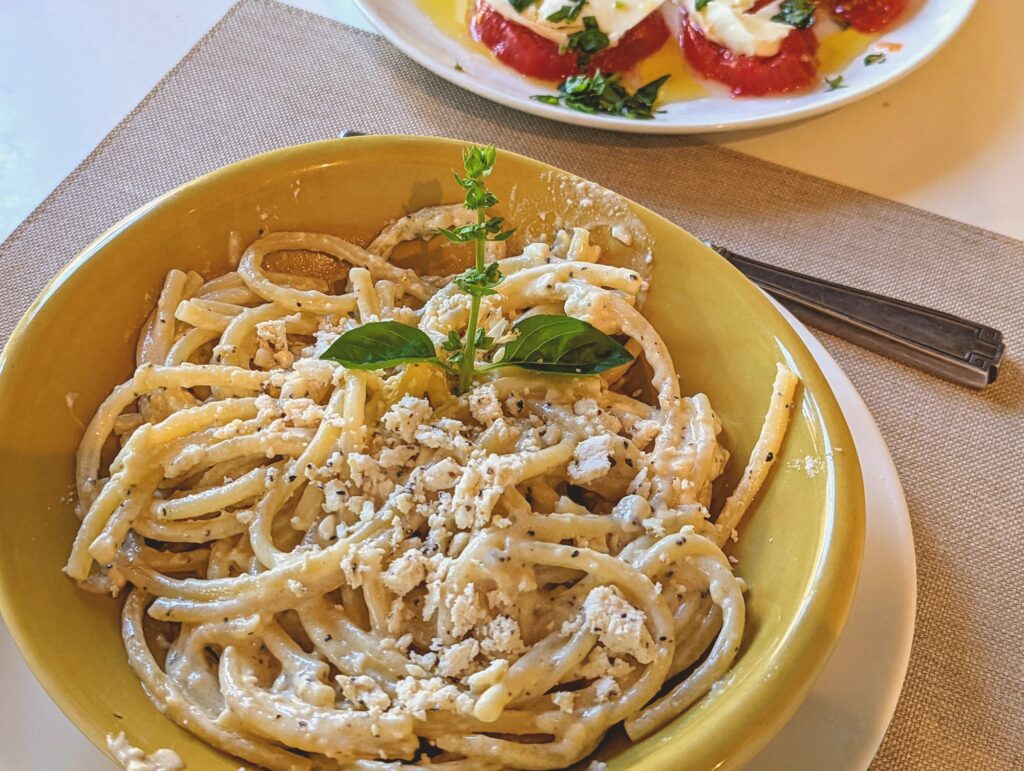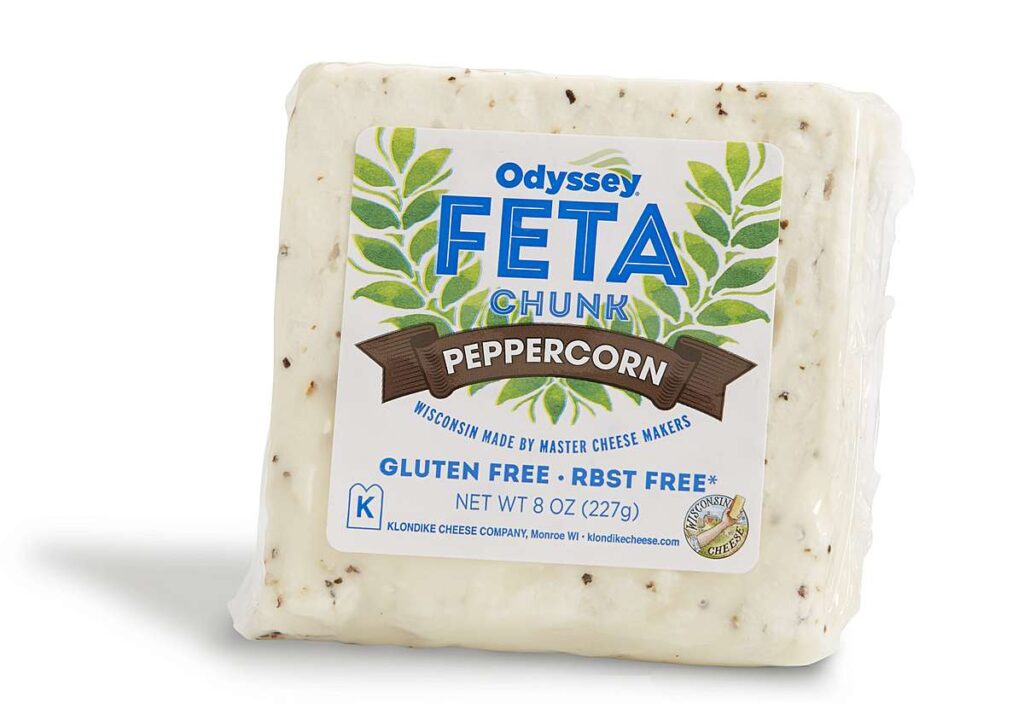
As one of America’s big dairy states, Wisconsin takes special pride in its cheeses. Even the fans of the Green Bay Packers NFL football team call themselves ‶cheeseheads.″ They wear ridiculous hats that look a bit like a Swiss cheese, complete with plenty of holes in their heads. The cheese industry’s promotional arm brags that the state makes ‶more flavors, varieties, and styles of cheese than anywhere else in the world.″
We do wish that Wisconsin cheese companies wouldn’t appropriate cheese names that obviously belong to other places in the world. Wisconsin parmesan, for example, is a fine grating and flaking cheese in its own right. If it were called something else, it wouldn’t invite comparison to Parmigiano-Reggiano, to which it displays only a distant kinship.
But in recent years, many Wisconsin producers have turned to making artisanal cheeses with their own distinctive character and their own names that don’t try to bask in the glory of European cheeses. We applaud those efforts. So does the American Cheese Society. Wisconsin makers racked up a slew of awards in the 2022 American Cheese Society championships, announced just a few weeks ago.
A versatile feta from cow’s milk

We’ll be dealing with a few of those in our next post, which will explore a Wisconsin cheese board. One Wisconsin first prize winner we had a chance to try didn’t really fit a cheese board. The Klondike Odyssey® Peppercorn Feta took top prize among flavored cow’s milk fetas.
Klondike (klondikecheese.com) began making cheese nearly a century ago, crafting wheels of what they called Swiss cheese. The firm began making feta cheese in 1988 and feta is now the mainstay of the company. Their cow’s milk feta is not quite as sharp as traditional feta cheeses made from sheep’s and goat’s milks, but that can be appealing when it is a dominant ingredient in a dish.
We started thinking of dishes that use both black pepper and feta cheese. Since it’s August, the first that came to mind was watermelon salad. We usually make it by chopping up a bunch of garden mint and tossing it with watermelon chunks, some olive oil, crumbled feta, and freshly cracked black pepper. Using the Klondike peppercorn feta just shaved off a step—and it was terrific. You can see it on our Instagram feed (Instagram.com/hungrytravelers).
A nice complement to pasta
Then we decided to branch out. Cacio e pepe usually uses a sharp sheep’s milk cheese (Romano) to combine with black pepper in dressing the pasta. We provided that classic Roman recipe for the dish in this post. But why not feta with black pepper? It made intuitive culinary sense to us.
For our feta version, we used a half pound (227g) of bucatini, 4 tablespoons (60ml) of butter, some extra virgin olive oil, and 6 oz. (170g) of the peppercorn feta. While the pasta was cooking, we melted the butter with a splash of olive oil and added the crumbled cheese. We could see that the protein-to-fat ratio was too high for it to melt easily, so we added 2 tablespoons (30ml) of heavy cream to make a sauce. When the pasta was cooked and drained, we added it to the pan and tossed. This tasty (and super-easy) version of ‶cheese and pepper″ makes a perfect foil for a small Caprese salad. (See photo at top.)
